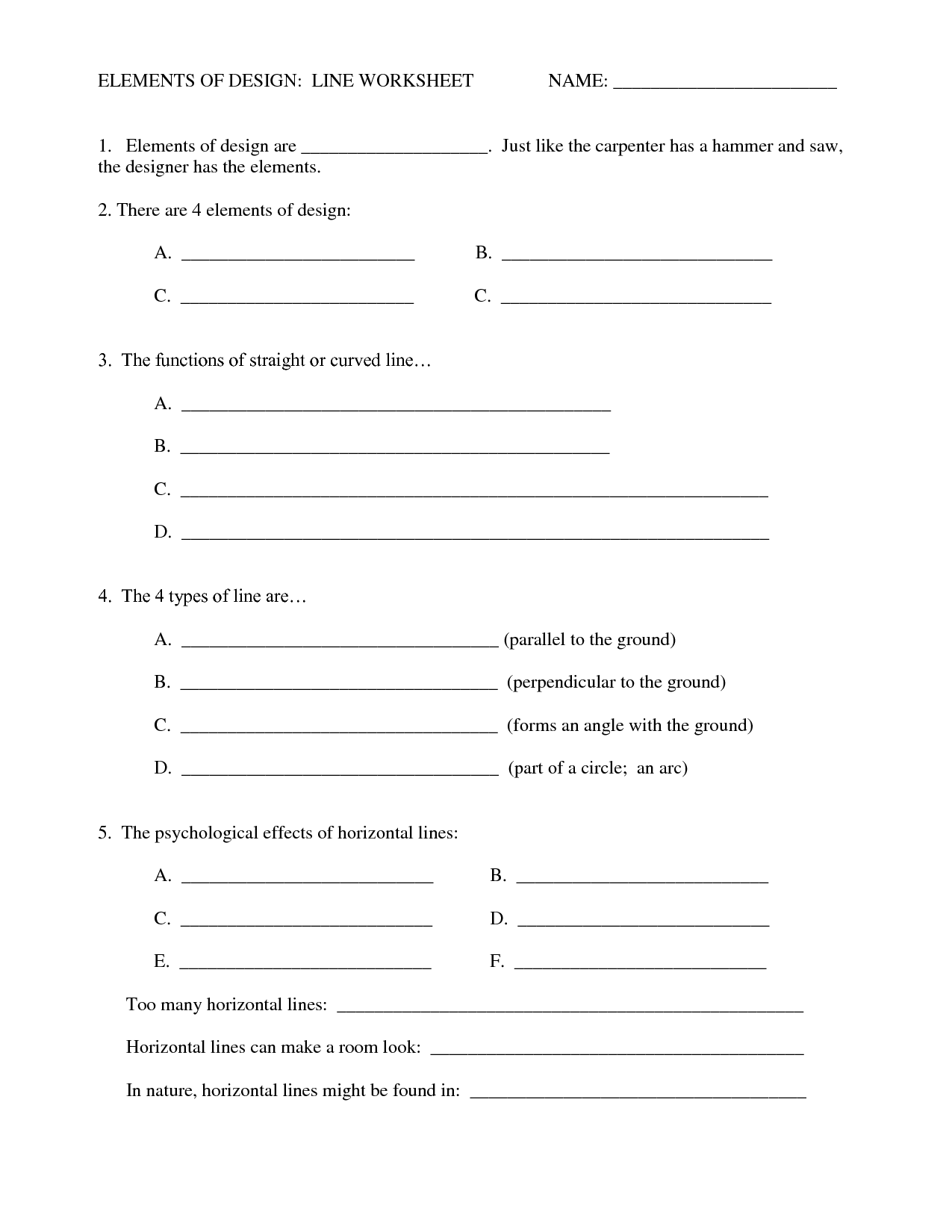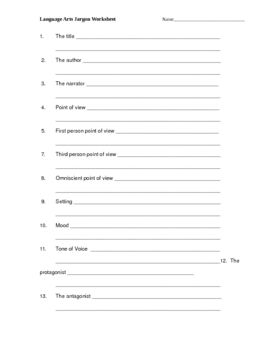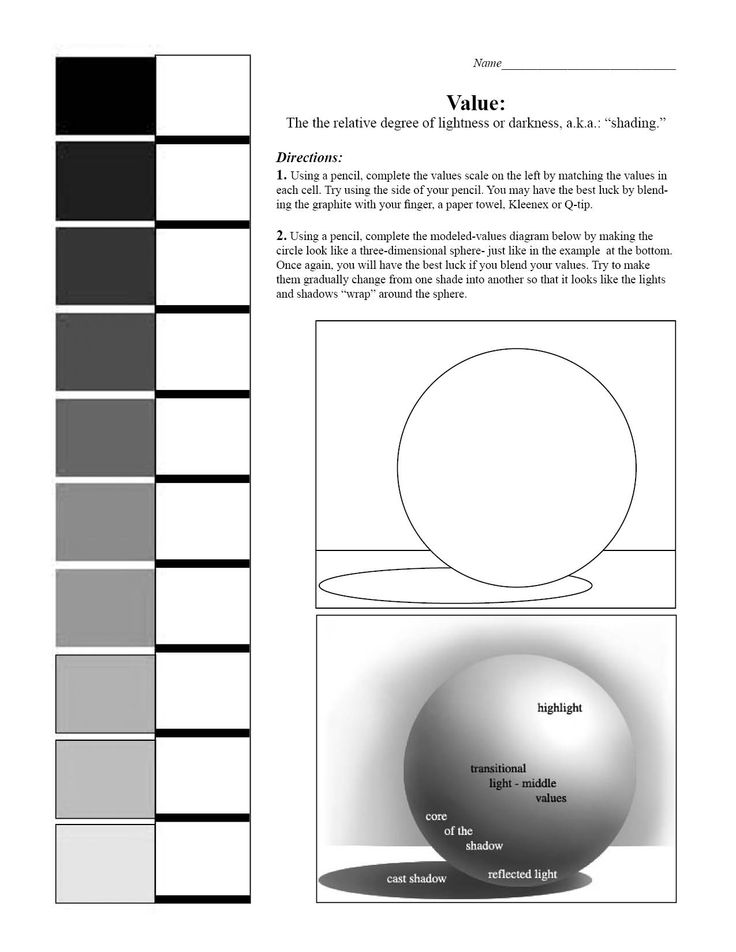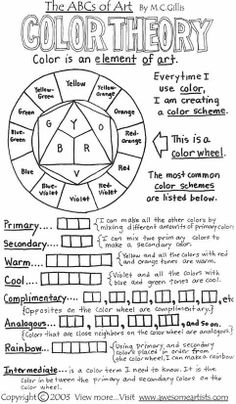Art Terms Worksheet
Are you a student of art looking to expand your knowledge of art terms? Look no further than our Art Terms Worksheet. This comprehensive and educational worksheet covers a wide range of art vocabulary, making it perfect for both beginners and more experienced artists. With clear explanations and engaging examples, this worksheet will help you understand and remember the essential terms and concepts in the world of art.
Table of Images 👆
- Test Language Arts Printable Worksheet
- Art Analysis Worksheet
- What Is Clay Hand Out
- Line Designs Art Worksheets
- Student Art Critique Worksheet
- Language Arts Worksheets
- Clay Hand Building Handouts
- Art Appreciation Worksheets
- Music Italian Terms Worksheet
- 7th Grade Language Arts Worksheets
- Shading Value Scale Worksheet
- Art Elements Printables
- Color Theory Worksheet
- Sentence Worksheets
- Child Care Printable Worksheets
More Other Worksheets
Kindergarten Worksheet My RoomSpanish Verb Worksheets
Cooking Vocabulary Worksheet
My Shadow Worksheet
Large Printable Blank Pyramid Worksheet
Relationship Circles Worksheet
DNA Code Worksheet
Meiosis Worksheet Answer Key
Art Handouts and Worksheets
7 Elements of Art Worksheets
What is the definition of perspective in art?
Perspective in art refers to the technique of creating an impression of depth and dimension on a flat surface. It involves using principles of geometry and spatial relationships to represent three-dimensional objects and space realistically on a two-dimensional plane, allowing viewers to perceive objects as if they were positioned in space. Different types of perspective, such as linear perspective and atmospheric perspective, are used by artists to achieve this illusion of depth and create a sense of realism in their works.
Explain what chiaroscuro refers to in painting.
Chiaroscuro, a term originating from Italian that translates to "light-dark," is a painting technique that uses strong contrasts between light and dark to create a sense of volume and three-dimensionality in the composition. This technique is often associated with the use of dramatic lighting to emphasize certain elements or create a sense of depth in the artwork, ultimately enhancing the overall visual impact and conveying a sense of mood or atmosphere.
What does the term “composition” mean in art?
In art, the term "composition" refers to the arrangement of visual elements, such as line, shape, color, and form, within a piece of artwork. It involves the organization of these elements in a way that creates a sense of balance, harmony, and unity, guiding the viewer's eye through the artwork and conveying the artist's intended message or emotion. The composition plays a crucial role in determining the overall aesthetic and impact of a piece of art.
Define the term “medium” in relation to art.
In art, the term "medium" refers to the material or technique used by an artist to create a work of art. This could include painting, sculpture, photography, printmaking, ceramics, etc. The medium chosen by an artist has a significant impact on the final appearance and qualities of the artwork.
What is the significance of the term “symmetry” in art?
Symmetry in art refers to the balanced distribution of elements in a composition, which often creates a sense of harmony, order, and beauty. It has been widely used across different artistic styles and periods to convey stability, completeness, and perfection. Artists employ symmetry to draw attention, create a sense of rhythm, and evoke a feeling of satisfaction and visual balance in their work, making it a fundamental concept in the creation and appreciation of art.
Explain the concept of “abstract” art.
Abstract art is a style of art that does not attempt to represent an accurate depiction of reality. Instead, it uses shapes, colors, forms, and gestural marks to achieve its effect. The goal of abstract art is often to evoke emotions or ideas in the viewer by emphasizing the visual elements of art rather than specific subject matter. It allows for a wide range of interpretations and can be open to individual expression and creativity.
What does the term “palette” refer to in art?
In art, the term "palette" refers to the range of colors available to an artist for use in a particular piece of work. This can include the physical palette used to mix paints or the overall selection of colors and tones used in a painting or composition. The choice of palette plays a significant role in setting the mood, conveying emotions, and creating visual interest in the artwork.
What is the definition of “proportion” in art?
In art, proportion refers to the relationship and balance between the different elements in a composition, such as the size, shape, and placement of objects, figures, or colors. It involves how these elements harmonize and interact with each other to create a visually pleasing and balanced aesthetic. By manipulating proportion, artists can create a sense of unity, rhythm, and coherence in their work.
Explain the term “gesture” as it relates to figure drawing.
In figure drawing, a gesture refers to the essential and dynamic movement or flow of the human figure. It captures the energy, rhythm, and expressiveness of the pose rather than focusing on details. Gestures are often used as a starting point for a drawing to convey the overall feeling and motion of the subject before adding in more specific details. By emphasizing the gesture, artists aim to capture the essence and vitality of the figure rather than a literal representation.
Define the term “texture” in the context of visual art.
In visual art, texture refers to the surface quality or feel of an artwork, whether it is smooth, rough, shiny, or matte. It is created through the use of various techniques such as brush strokes, layering of materials, or application of different mediums to convey a sense of tactile quality and depth in a two-dimensional artwork.
Have something to share?
Who is Worksheeto?
At Worksheeto, we are committed to delivering an extensive and varied portfolio of superior quality worksheets, designed to address the educational demands of students, educators, and parents.

































Comments